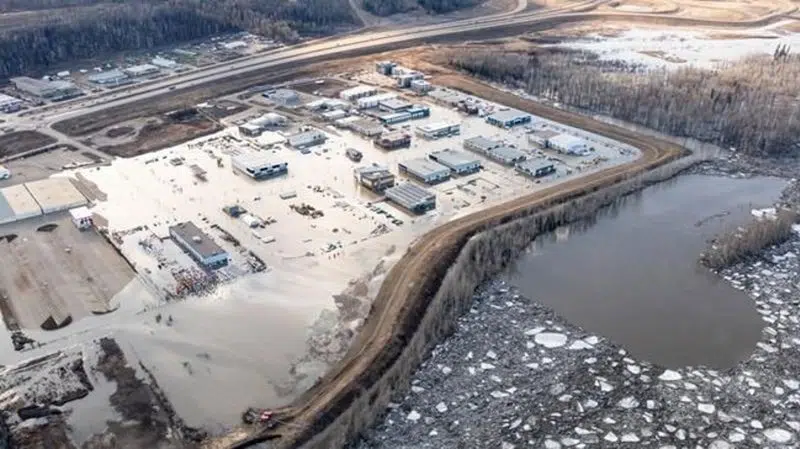
Ice jam intel: How the Athabasca River ice buildup is flooding Fort McMurray
Ice jams can stretch for kilometres, reach several metres in height and cause rivers to rise in a matter of hours, says one river ice expert.
An ice dam roughly 25 kilometres long on the Athabasca River flooded downtown Fort McMurray, Alta., and forced 13,000 people out of their homes this week.
Another ice jam on the Peace River estimated to be almost 40 kilometres has ousted 450 people from the hamlet of Fort Vermilion.
“The length can be many kilometres long,” University of Saskatchewan associate professor Karl-Erich Lindenschmidt said Wednesday.


